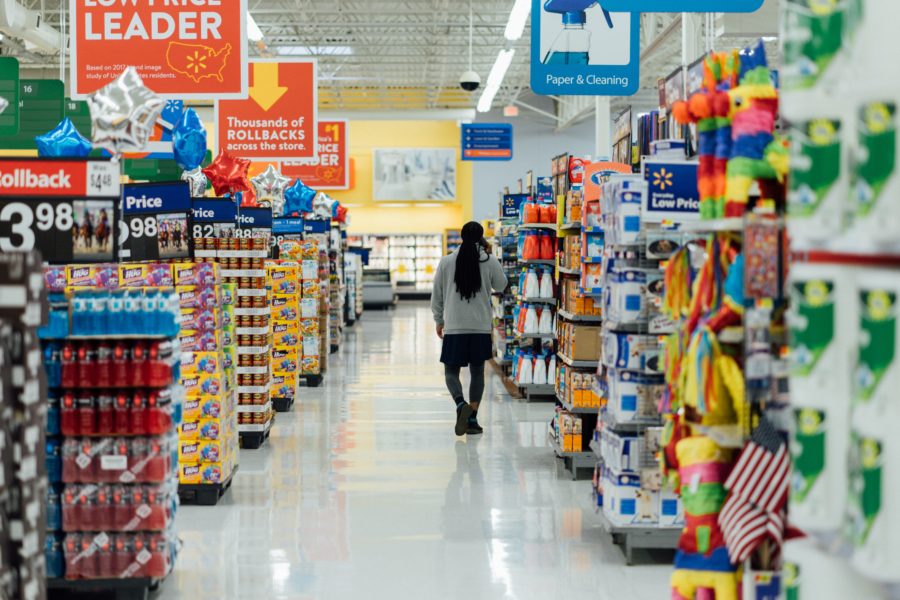While grocery store owners benefited from a rush of customers throughout much of the past year as the pandemic raged, owners now have growing concern that their bottom line will look far less rosy in 2021.
“Operating a grocery store during a pandemic was no picnic; a lot of people are just tired,” said David Schoeder, principal at The Food Partners, during a recent webinar hosted by The Food Institute. “The mandated ‘hero pay’ has sent a number of retailers over the edge; If you’re in California and you’re a retailer in L.A., you have to pay $5 [more] an hour for 24 months to all of your employees.”
Supermarkets were deemed essential at the outset of the pandemic, of course, while restaurants dealt with pandemic service restrictions. As a result, consumers stocked up on groceries to eat at home. Those factors helped boost U.S. grocery sales by 11% in 2020, more than triple the growth of the prior two years, according to the U.S. Census Bureau and as reported by The Wall Street Journal (April 13).
However, as an increasing amount of Americans now get vaccinated, they’re displaying a desire to eat at restaurants again and may not spend as much on groceries.
CHALLENGES MOUNTING IN 2021
Traditional grocers are currently facing the following challenges, too, just to name a few:
- Competition against other grocers to grow e-commerce business while delivery companies like Instacart expand
- Amazon is launching its new grocery chain, which will feature, in part, its private label food brand, Aplenty
- Increasing location growth from discount grocers Aldi and Lidl
- CVS Pharmacy is expanding its food selections, including over 140 better-for-you-snacks and 50 new frozen foods items, according to Supermarket News (April 13).
REACTIVE MEASURES
Some analysts feel that, unless grocers expand in high population areas, their market share will gradually lessen in the foreseeable future.
Some grocers have reportedly used the increased revenue from last year to refit their stores, making more room to handle in-store pickup of online orders. Kroger, meanwhile has undergone a major initiative to boost profitability on digital sales, including building automated warehouses in Florida, The Wall Street Journal noted.
UNCERTAIN FORECAST
In general, concerns among many grocers are growing in 2021. For example, Tesco, Britain’s biggest supermarket, recently said its profits slid by a fifth over the past year, as higher costs related to the pandemic, such as hiring more staff, offset strong sales growth, reported CBS News. Tesco’s profits were weighed down by 892 million pounds worth of COVID-related costs, including the need to hire staff to cover for workers impacted by the virus.
The foreseeable future for many grocers, it appears, is a bit murky. There is, in the words of Schoeder, “fear of the unknown, post-COVID.”











